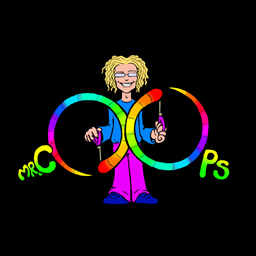Front lighting involves a method of light referred to as McCandless Theory of lighting
In the McCandless method, the actors are meant to be fully front lit but also provided with some “sculpting” of the features.
To effectively light a performers face on stage the ideal placement for a fixture would be at a 45˚ from the subject. (Keylight)

If this angle is greater then the begin at light the top of the head giving shadows to the eyes. (Downlighting)

If the angle is less than 45˚ then you begin to light from underneath giving the classic ‘halloween’ effect. (Uplighting)

(Face Images from – http://www.theatrecrafts.com/pages/home/topics/lighting/lighting-rigging-positions/ )
Our aim with lighting is obviously to give the performers the best light possible, whist also maintaining the mood of the piece that is being performed, as such the above positions maybe utilised for dramatic effect. It is also worth noting that as a general rule we are trying to avoid flat lighting (little depth, lack of details). I will speak about flat lighting elsewhere.
The above example are based on using only one fixture which is placed on the middle of the lighting bar (or the side where the performSo the lanterns are also at a 45˚ angle to each side of the performer as well as 45˚ in the vertical

I think it is worth noting at this stage that the kind of fixtures we would be using for this would be either Fresnels which would give a larger spread of light, thus allow the performer more movement within our light or to use Profiles this allow a tighter light on the performer classically called spot lights. Again we would utilise these depending on what kind of effect we were trying to achieve. If lanterns are limited we could also use Parcans for this role, though they are sometimes too bright and have hot spots which can sometimes be difficult to remove.
Lanterns on the back bar, for rear light could be coloured and used as mood enhancers.
If the performance space is in the round then you need to light from a minimum of 3 angles. To ensure there are no unwanted shadows.
For staging in the round, light needs to come from all sides. And it should be evenly balanced to avoid favouring one segment of audience to an extent that is not really permissible in a staging form so democratic as theatre-in-the-round. To avoid hitting into audience eyes, light has to come from both within the acting area and from outside it. Angles can be closer to the vertical than in other forms of staging because the audience is closer to the actors and thus visibility is ‘easier’. Example plan for a musical
Further positioning information. These images are not my own and are edited from the stage lighting guide book. I’ve just put the various sections on separate images.






